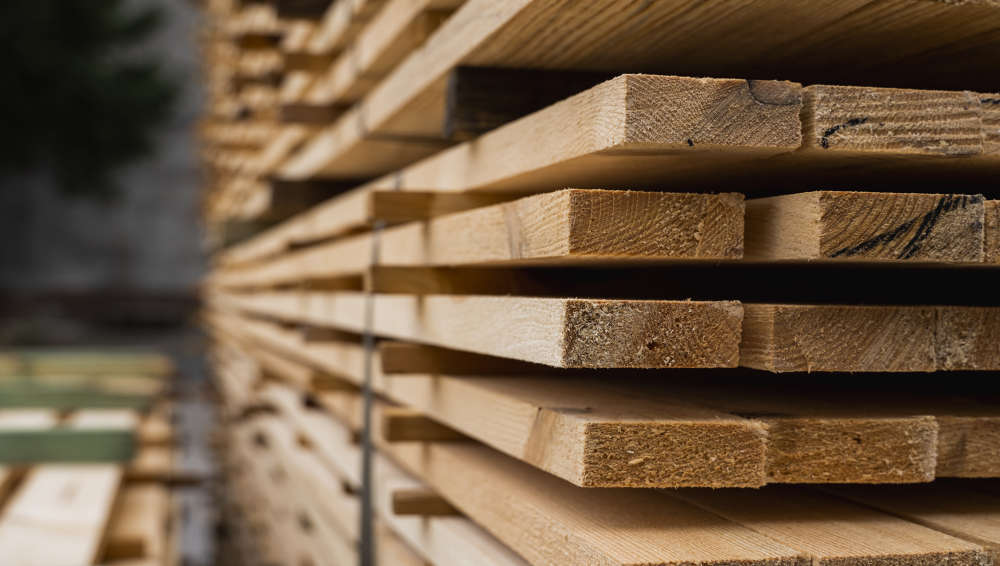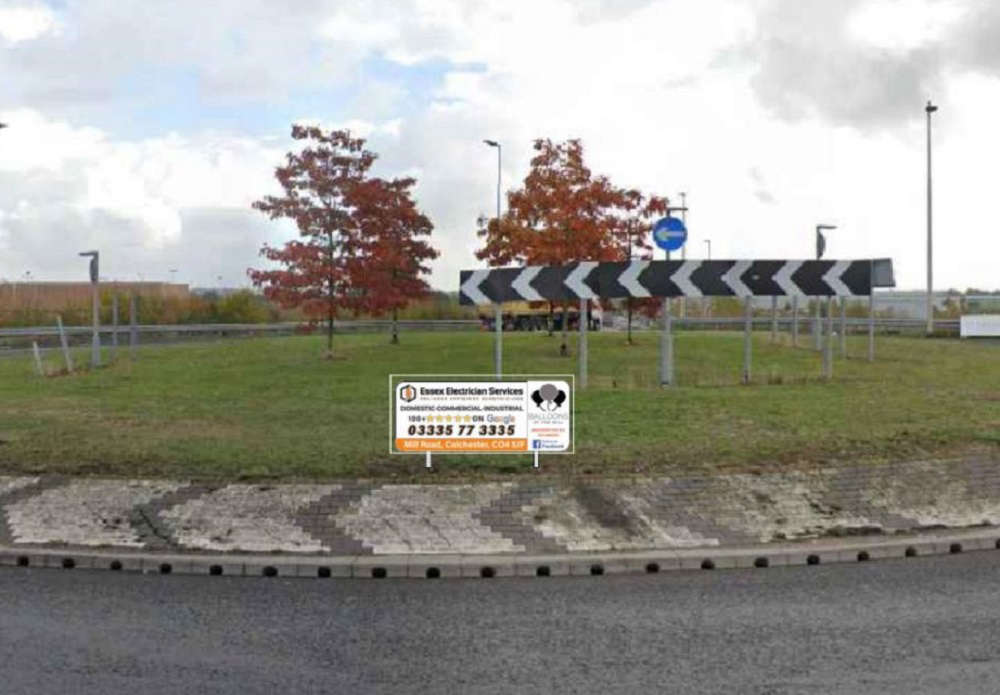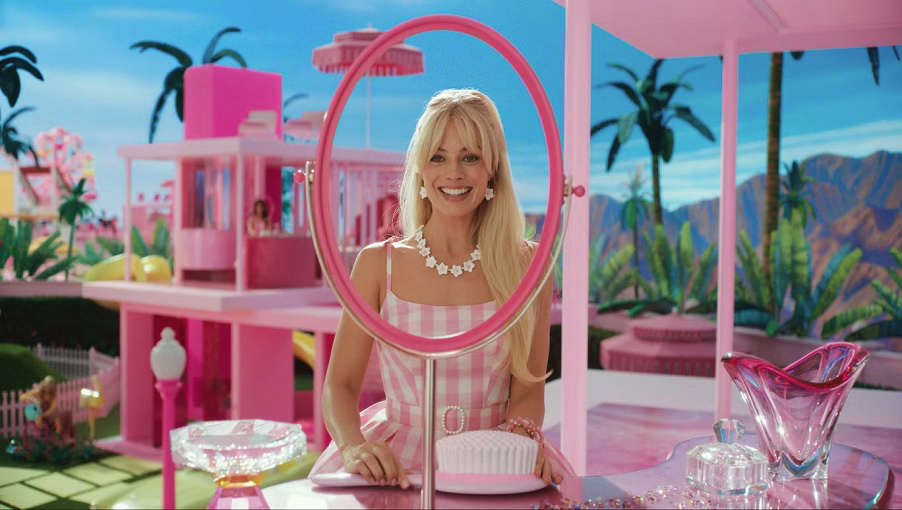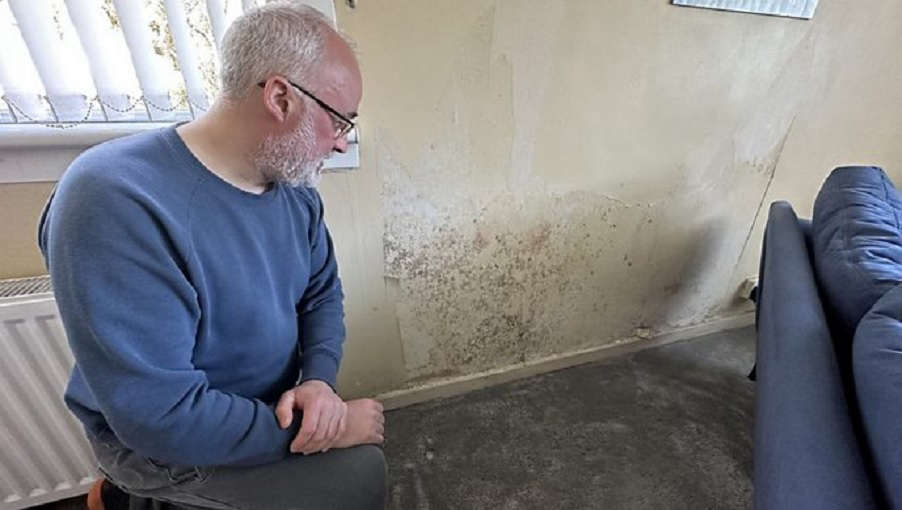

New report on carbon shows timber outperforms masonry
Posted: Monday, March 31st, 2025

A report from the Future Homes Hub on the whole-life carbon impact of new homes examines three options for house builders: two variations on masonry and one on timber frame. It found that timber has a lower carbon intensity regardless of whether a home was an end-terrace, mid-terrace, or detached. While the report makes it clear that there is no silver bullet when it comes to reducing embodied carbon, it will help homebuilders and designers understand and reduce the whole-life carbon impact with more precise options for updating their house types to meet the Future Homes Standard. “The models developed by Future Homes Hub demonstrate timber frame construction has ~3-5% lower upfront embodied carbon intensity than masonry construction for a similar thermal and energy performance – across all archetypes,” said Charlie Law, head of sustainability, Timber Development UK. “This reinforces the findings of Timber Development UK, along with many independent researchers, universities, and built environment organisations across the country that timber – when designed well and sourced from sustainable forests – outperforms other build methods on carbon.” Key learnings
Trending Stories
-
 Essex electrician has roundabout signs rejected
Essex electrician has roundabout signs rejected
A sparkie’s bid to sponsor signs on two roundabouts has been refused by planning chiefs who described them as “clutter”
-
 Barbie caused a ‘worldwide’ shortage of pink paint
Barbie caused a ‘worldwide’ shortage of pink paint
Barbie needed so much fluorescent pink paint that it caused a worldwide supply shortage for an entire company
-
 Builders find body of man murdered in the 1960s and buried in back garden
Builders find body of man murdered in the 1960s and buried in back garden
A woman who bought a South London house was left horrified after builders discovered the body of a man murdered in the 1960s and buried in her garden 14 months after she moved in
-
 'Government insulation scheme ruined my home'
'Government insulation scheme ruined my home'
A home-owner said his flat has been ruined by black mould caused by a government "green" insulation schem
-
 Builder celebrates lottery win by buying his coworkers bacon butties
Builder celebrates lottery win by buying his coworkers bacon butties
A builder from Milford Haven who won big on the lottery celebrated his victory by treating all his workmates to a round of bacon rolls
Comments
Add a comment